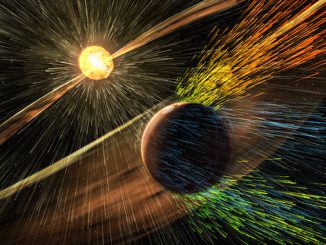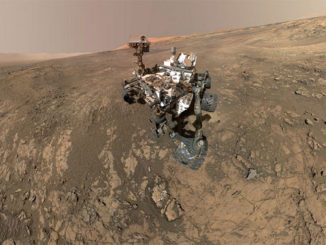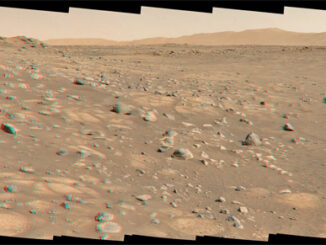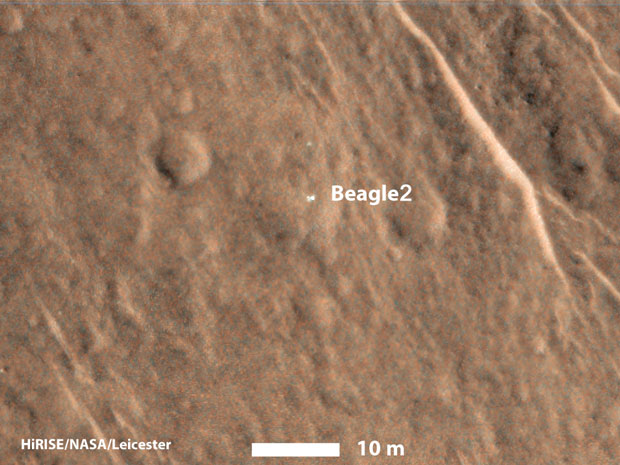
At a packed press conference at London’s Royal Society back in January 2015, British scientists revealed what we had waited nearly a dozen years for: that the Beagle 2 space probe, lost back in December 2003 when it attempted to land on Mars, had been found. The evidence was a tiny fleck of silvery light, just a few pixels wide, on an image of the Martian surface, depicting the landing craft with its solar panels partially unfurled. Nearby were what looked like the parachute and the probe’s jettisoned rear cover, strewn across a region of Mars known as Isidis Planitia, close to the planet’s equator.
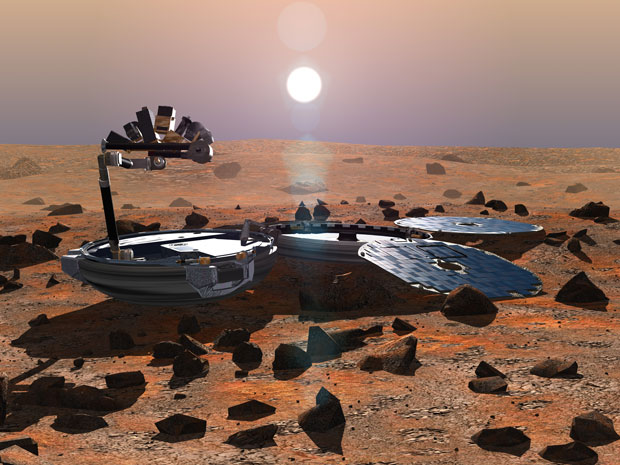
The discovery of the lander came as a relief, after years of controversy and debate as to why the mission failed. The images show that the British mission had successfully landed after all, only for something to have prevented its solar panels from fully opening up — one theory was that it had become tangled up in its parachute tether. Unable to accrue enough power to signal home, Beagle 2 had remained silent. It no longer functions, though scientists do not rule out the possibility that it may have gathered some scientific data before losing power completely. Regardless, the members of the Beagle 2 team that survive its late Principal Investigator, Colin Pillinger, claim Beagle 2 to have been a success — the first controlled landing by a European probe on another Solar System body, over a year before Huygens landed on Titan.
Inside the magazine
Our top ten greatest stories of 2015 first appeared in the December edition of Astronomy Now.
Never miss an issue by subscribing to the UK’s biggest and best astronomy magazine. Also available for iPad/iPhone and Android devices.


